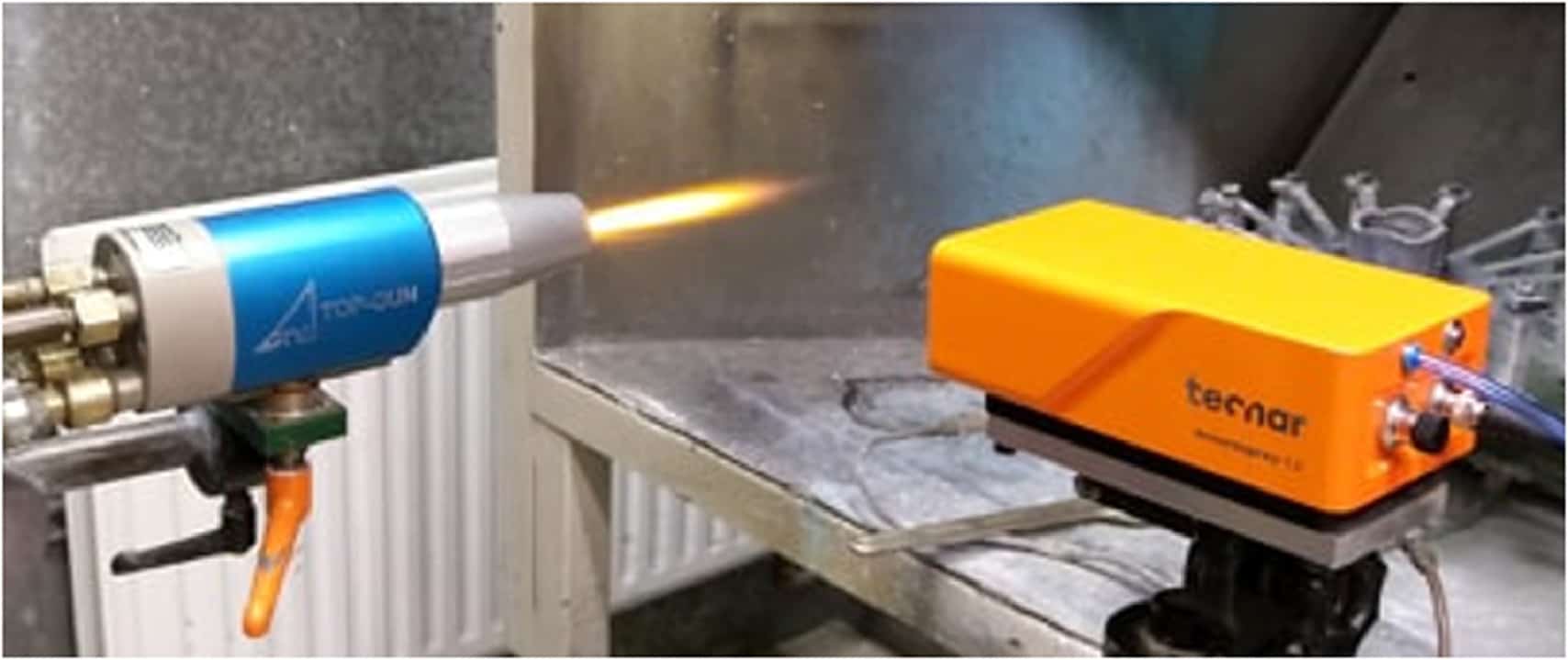May 30, 2020
Modelling Knudsen Number Effects in Suspension High Velocity Oxy Fuel Thermal Spray
Suspension high velocity oxy fuel thermal spray is a system characterized by supersonic velocities and length scales of particles of the order of nm – µm. As the effects of rarefication become significant the assumptions within the continuum models begin to collapse, the effects of rarefication can be evaluated through the flow Knudsen number. Modifications to the numerical modelling must be made to incorporate the effects of rarefaction. This study looks to include the effects of rarefication into the computational fluid dynamics (CFD) models for the suspension high velocity oxy-fuel (SHVOF) thermal spray process. A model for the heat transfer coefficient that take into account the Knudsen and Mach number effects is employed. Finally, the Ranz-Marshall correlation for the Nusselt number is compared to the Kavanau correlation and a compressible Nusselt number correlation. The model is validated through comparisons of particle temperatures which are obtained from two colour pyrometry measurements using a commercially available Accuraspray 4.0 diagnostic system. This study shows that there is a significant improvement in the prediction of inflight particle temperatures when accounting for the effects of compressibility and the effects of rarefication on the Nusselt number.
Keywords: Suspension thermal spray, SHVOF, HVSFS, Rarefied, Knudsen, Accuraspray
Originally published at International Journal of Heat and Mass Transfer (Volume 152, May 2020, 119454)
By S. Chadha, R. Jefferson-Loveday, T. Hussain
